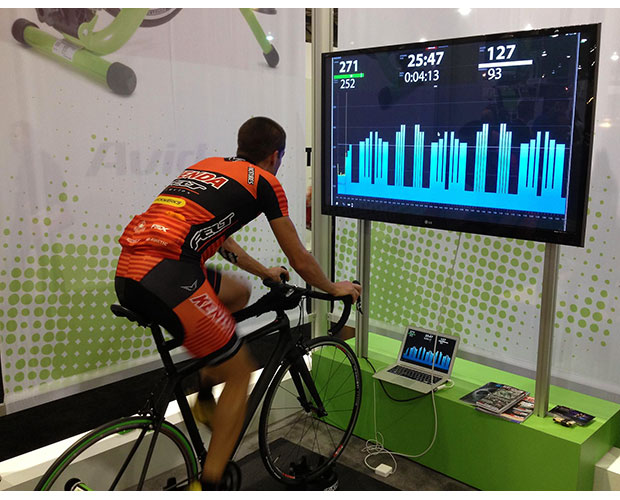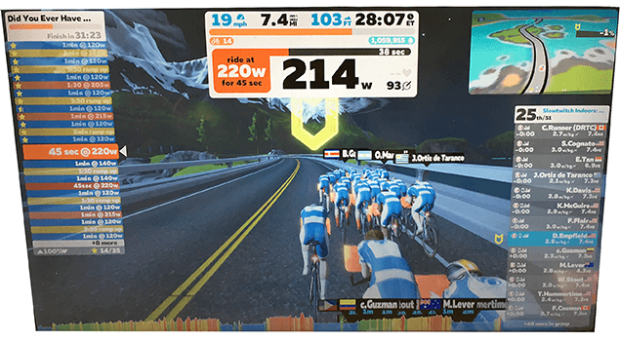SMART Indoor Training: How Do You Measure Up?
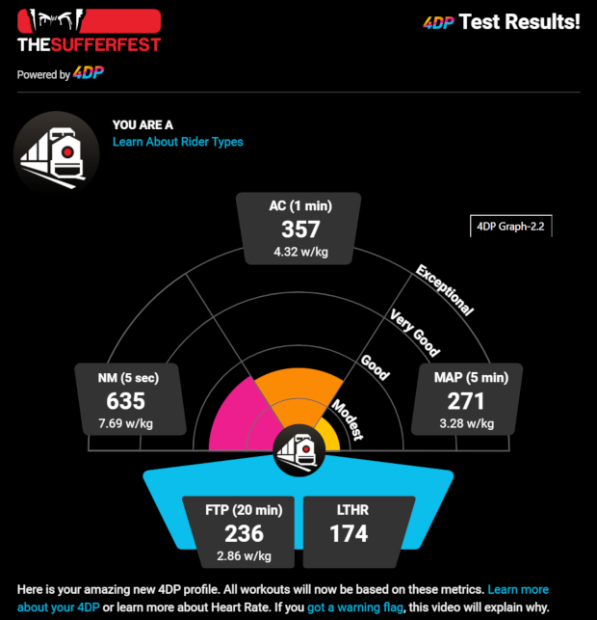
We love exploring all aspects of indoor training here at Slowtwitch and we’ve spent a lot of time over the last few months enjoying the more fun and entertaining elements of Zwift, Rouvy, The Sufferfest, and others. For the most part, we’ve highlighted some of the “free riding” aspects of these applications – exploring routes, chasing carrots, and just having some fun on the trainer. Now we’re going to change our tone just a little bit.
You may have heard of SMART goal setting. SMART is an acronym for Specific, Measurable, Attainable, Realistic, and Timely – attributes that all goals need to have. This is the first of a handful of articles we’ve dubbed “SMART Indoor Training”, in which we’re going to pay a bit more attention to all those numbers indoor training applications give us and use them. We’ll delve into how to set goals, establish a baseline, monitor, and structure your indoor training experience in order to achieve your goals. Whether it’s an event, a fitness goal, or something completely different, we need to figure out where you want to be, where you are now, and how you can use structured and well-monitored indoor training to get bridge that gap.
We’ll start off with a discussion of measurement and how we use different metrics throughout the training and racing season. In subsequent articles, we’ll talk about setting and prioritizing goals. We’ll talk about how to establish a baseline of where you are now by testing. We’re going to talk about how you can use training plans to structure your off-season and early ride season to support your goals. We’ll discuss how you can use tools like TrainingPeaks or Strava to help track your efforts and hold you accountable to yourself and/or to your coach. Much of this will be a discussion of power – how we measure it, how we can use it to shape each workout, and how we can use it to shape an entire season.
For those using a coach, we’ll cover how you and your coach can work together to use indoor training software such as Zwift, Rouvy, TrainerRoad, and others to build effective and motivating workouts that are appropriate for you and provide feedback for your coach. For those who don’t have a coach, we’ll explore some of the off-the-shelf training plans available through indoor training apps and help you discern which app provides the best solution for your needs and personality. We have a lot to cover, so buckle up and hang on!
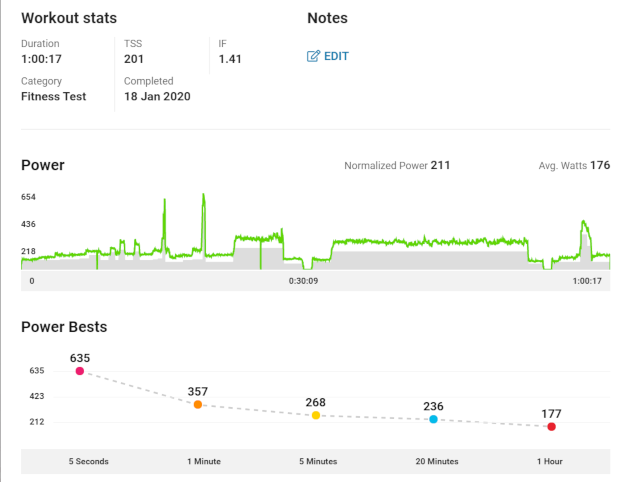
What Gets Measured Gets Managed
In the Business Intelligence world, we have a saying: what gets measured gets managed. Simply put, in order to understand the health of a business entity, we need to establish useful measurements. I’ve been in the IT industry for almost 25 years, and have seen a lot of efforts to measure performance of companies, teams, software applications, and hardware. Some of them have been useful, but a majority of them seem to miss the mark. Sometimes the intent is good, but the execution is ill-informed. Sometimes they are so far off the mark where they are detrimental and distract from the true objective.
For example, a Manager might want to measure team member productivity based on how many of X they can produce in a given week. A Software Developer might need to write 200 lines of code per week for a software application. A Tester might need to perform 2 tests per day. A sales person might be expected to sell X number of widgets per month.
For a sport analogy, if you are trying to measure your training effort, would you simply count the number of workouts you get in during a week? A lot of basic training plans for triathletes will suggest 9 workouts per week – 3 swims, 3 runs, and 3 bike rides. “This was a good week! I worked out 15 times – it’s a new record!” By itself, that doesn’t really mean much, does it?
When it comes to measurement, these are examples of basic measurements of quantity. These are simple counts. They’re useful, but only in the sense that they can be used as building blocks for more advanced metrics. What we need to do is combine primary measurements (counts, elapsed time, other counts) to extrapolate something more meaningful. From there, we can establish appropriate goals that can be met while factoring in outside influences (i.e., maintaining balance of work, family life, hobbies, and fitness goals). If a Software Developer writes 200 lines of code, but introduces a new bug, is that really success? If I worked out 9 times this week in an effort to do an Ironman in July, is the number of workouts by itself useful? What if that was six 15-minute bike rides, a half-Marathon my buddy talked me into at the last minute, a couple of other runs, and I never hit the pool once? Was that really optimal for an Ironman triathlete?
The main point here is good measurements need to have good context. Indoor training provides the tools to measure ourselves, set goals, and monitor progress.
How Do We Measure Ourselves?
Over time, the exercise science community has tried, tested, and improved upon many approaches to measuring sports performance. In the cycling world, we’ve used metrics such as speed, heart rate, and power to get an idea of how well we’re performing. The challenge with any of these, as standalone metrics, is that there are a lot of outside influences. Good metrics account for these outside influences.
If you go out and ride 20 miles and average 20 miles per hour on one day, and do that same ride a week later, but average 19 mph, did your performance really drop 5%? What if it was calm and a comfortable temperature the first ride but there were gusty winds or it was considerably warmer on the second ride? Your performance differential has been essentially nullified because of the weather. Heart rate can also vary considerably based on your hydration levels, sleep, stress, caffeine intake, etc. An especially high heart rate during a workout is not necessarily a measurement of your output at that moment – it might show that you’re working hard, but it doesn’t necessarily show that you’re producing. Speed and heart rate, as metrics, have a lot of external influencers.
Power is a more effective metric, as it demonstrates your actual production – what’s going into the pedal. Regardless of how warm it was, how well hydrated you were, and how much sleep you got the night before, that power – usually measured in watts – is exactly what you could produce for that moment, or that single sample. Continue to sample your power repeatedly, taking several samples per second over seconds, minutes, and hours, and now you continue to improve the context of your measurement and start to see what your true ability is.
Up until fairly recently, power was a bit harder for us to get – we didn’t have the tools, or the tools were priced out of reach for most. For the rest of us, we could at least get a trainer and spin – it was better than nothing, but it lacked structure and measurement. Over the last decade, this has changed drastically. Power meters, smart trainers, and power virtualization have all developed immensely, with costs coming down and quality going up. Indoor cycling apps have leveraged power and put it to use in a variety of ways. Maybe it’s just a number on our screen as we ride through Watopia in Zwift. Or maybe it’s a target for our current interval in The Sufferfest. It could be coming from your power meter, estimated by your smart trainer, or estimated using your speed sensor and classic trainer using virtual power.
Power is the primary metric that indoor training applications use, and this can then be augmented with heart rate and cadence to help us draw a picture of our performance. We now have so many ways to leverage power that we put ourselves at a disadvantage if we don’t measure and understand power-based indoor training. Effective use of these tools will not only show up in our race results, but will also prevent burnout and injury, too. With power in mind, we can continue to build your off-season to support your goals.
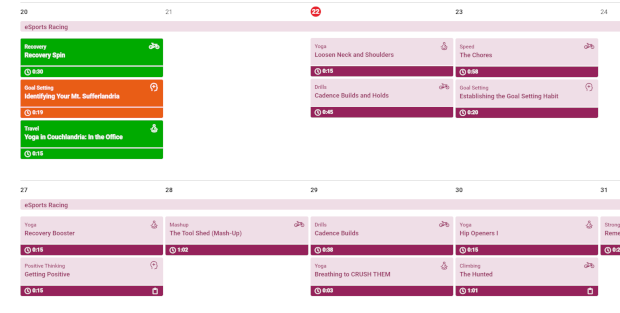
Goals are Dreams with a Plan
Helping you have a fun and effective off-season in order to turn your dream into a goal is the goal of this SMART Indoor Training series. In the next couple of weeks, we’ll be covering several aspects of planning in order to achieve your dreams, with the following articles:
- Setting Goals – Your “A” Race
- Establishing a Baseline using Functional Threshold Power (FTP)
- Using a Training Plan to Monitor and Manage Your Season
- Holding Yourself Accountable
Each of these articles will involve measurement, taking us from looking at making the most out of a single pedal stroke to making the most out of an entire season of pedal strokes. To help enforce our concepts, we’re even going to have a test subject: me. Join in as we see how I’m going to achieve my goal for 2020.
This should be fun.


